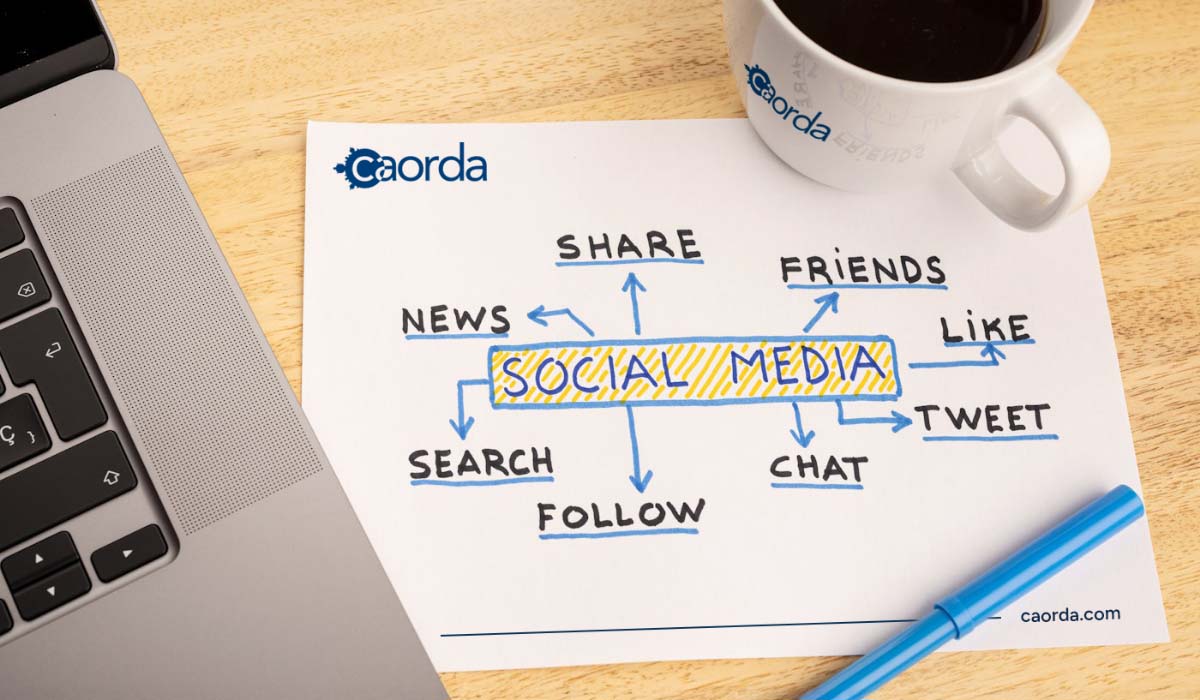As a business owner, you’re likely already aware of the true value of social media. Engaging and relevant content attracts new visitors to your ecosystem, potentially turning them into paying customers.
But the world of social media is changing quickly. The formula for success last year isn’t necessarily the same as this year. As platforms, algorithms, and user preferences evolve, so do the best practices for posting.
In this article, we’ll seek to simplify things for you, highlighting the current best practices for social media posting across major platforms.
Understand Your Audience

Before you spend any more time investing in social media, the most important step is to understand who you’re communicating with on the various social networks. Who are your followers and potential customers? Rather than just straight-up demographics, try digging deeper to uncover their interests, values, and content desires.
The analytics dashboard of each social media platform will do a decent job of telling this story, but that’s just one piece of the puzzle. Adding custom UTM parameters to social links can help label the traffic in Google Analytics reports and learn more about the engagement sources, as well as using this data to build audiences in Google Analytics and Google Ads, for that matter. Contact a digital marketing professional to learn more.
By getting a better understanding of who your ideal followers and customers are, the better your chances at creating relevant content they’ll want to engage with and click on. Attracting people to click away from a social media network is extremely hard, and so you’ve got to be at the top of your game when posting content. Boring, conservative, overly-marketing posts will immediately turn people into scrolling zombies, and you will be forgotten. Know your audience and give them what they want!
Nail Down Your Brand Identity
With clear brand guidelines and noticeable brand identity on social media, your followers and potential customers will be able to recognize your content. This is important when attention spans are shrinking.
Another benefit of a consistent brand image – especially visually – is the strong aesthetic appeal it creates. Especially when followers are checking out your profile homepage (the Instagram grid is a great example), a strong brand identity will look clean and consistent vs. messy and random.
But brand identity is about more than just logos, fonts, and colours. Especially on social media, brand identity also refers to the tone of voice used in content, the hashtags used, and the style of content being created. Even the punctuation and emoji usage can signal brand identity.
Feature Real People

Featuring real people on your social media channels has the ability to achieve a few things. First, it helps build trust in your brand. For the same reason why ratings and reviews are so valuable, featuring user-generated content and real customers on your channels builds social proof. Before people make purchasing decisions, they often look for other customers who have done the same.
Featuring customers is one thing, but turning the camera around to capture yourself or your employees is an excellent idea as well. By featuring the real people who work for your business, it becomes humanized in the eyes of your potential customers. As you can imagine, this is especially important for small businesses. People will become more invested in your brand because real people resonate with us emotionally. This is the key to creating real connections on social.
Mentions, Hashtags, & Calls-to-Action

Whenever possible, mentions, hashtags and calls-to-action should be included in your social media content.
Mentions refer to the act of tagging another profile in your post. If someone or some business was involved in the creation of the content or is directly relevant to what’s being talked about in the content, that’s a great opportunity to tag (mention). Doing this ensures that the person or business will be notified, making it easier for that person to re-post and share that content. Relevant on all major social platforms, mentioning is a great way to cast a larger net.
Hashtags are words or phrases attached to the ‘#’ symbol that, when added to social content on certain platforms, make it easier to find online. Hashtags organize content on the platform, allowing users to follow hashtags and stay up to date on whatever topic they desire. These hashtags are also useful when people are searching for content on a social media platform, similar to how keywords on your website help you rank in search engines like Google. However, they aren’t used or looked at with the same adoration on all platforms. For sure, use them on Instagram, but not Facebook posts, as people don’t tend to like the visual clutter of hashtags in post content.
Finally, almost every social media post should have an action attached to it, depending on your tone for the day. This helps give your content purpose, but it also helps users find more relevant information and helps you drive traffic to your website if that was the goal of the post. Your website is the most obvious destination for a call-to-action, but it could direct users anywhere, including other social channels or an external website.
Major Social Media Platforms: Breakdown
 Facebook
Facebook
With over 3 billion active users around the world, Facebook is the largest social media platform in the known universe. Facebook is best for gaining brand awareness thanks to its huge user base, but it’s also great for community building. Facebook groups are popular and powerful, and can be used to build relationships with your target audience.
Posting on Facebook: Daily, but stories can be published much more frequently.
Instagram is another very popular social platform that leans more towards images and video vs. text content. Instagram has quickly become the best platform for businesses, as users can easily browse products from the app.
Posting to Instagram: Daily, but stories can be published much more frequently.
X (formerly Twitter)
Twitter is a much smaller social platform with around 330 million users, a total that declined slightly after Elon Musk bought the company. Less focused on photo and video content, X is the place to find discourse on political, environmental, and economic issues.
Posting on X: A few times per day.
TikTok
TikTok has around 2 billion users and has skyrocketed in popularity over the past 5 years. Led by the younger generations, TikTok is a short-form video content platform with a powerful algorithm.
Posting on TikTok: Once or twice per day.
With roughly a billion users, LinkedIn was created for the business audience. Used to find jobs and hire employees, LinkedIn also has a popular social component where professionals can connect.
Posting to LinkedIn: 2-3 times per week.
Posting regularly on social media is only part of the equation. Posting consistently is the most important. Give your followers a schedule and tap into their ‘Pavlovian’ patterns by posting on a very intentional schedule. With the right strategy, brand identity, and platform-specific approach, you’ll be well on your way to growing your business online
Do you need help with social media? With a dedicated digital marketing team, Caorda offers social media marketing services to help businesses grow their brands and attract new customers. Whether you’re interested in organic or paid social, we can help. Contact us to learn more and request a quote.
